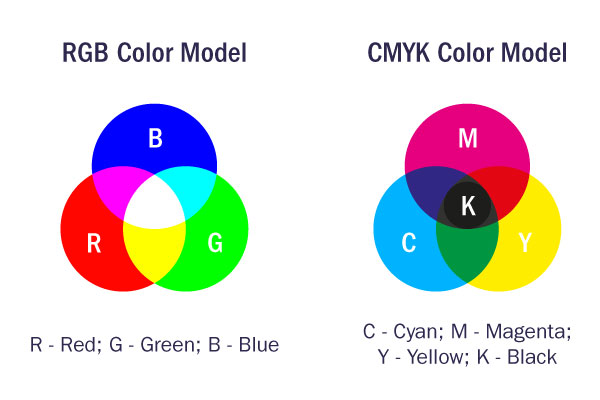Digital vs. Print Design: What's the Difference?

Both digital and print fall under the umbrella of design, but they have distinct nuances of which every designer should be aware. Being knowledgeable of these differences is a necessity in crafting effective design that suits its environment, so let's get right into it.
UNDERSTANDING THE MEDIA: Digital vs. Print
The primary difference lies in the medium itself. Print design is tactile; you can touch and feel it. It's something tangible like brochures, posters, business cards, etc. Digital design is more intangible with visuals being displayed on digital screens, as in apps, on websites, and socials, etc.
RESOLUTION MATTERS
Resolution is a vital element differing in digital and print designs. When dealing with print, it is imperative you start with high-resolution images for your projects. The standard DPI (dots per inch) for print is around 300 at the target output size, ensuring a crisp, clean output.
For digital designs, the standard resolution, termed PPI (pixels per inch), is notably lower at 72. This is because screens typically can't display the higher resolution seen in print, and it keeps file sizes manageable for a faster and smoother web experience.

COLOR MODELS: RGB vs. CMYK
One of the critical distinctions between print and digital design lies within the color scheme. While digital design uses the RGB (Red, Green, Blue) model, print design makes use of CMYK (Cyan, Magenta, Yellow, Black), which is also known as Four Color Process. RGB is an additive model where colors are produced by adding red, green, and blue lights at varying degrees.
In contrast, the CMYK model is subtractive. Here, colors are created by combining Cyan, Magenta, Yellow, and Black inks. Given the difference in color production, you must select the appropriate color model to ensure your work looks as intended.
INTERACTION & ENGAGEMENT
Designs aren't just about looking good; they're about user interaction. When creating digital designs, things like navigability, clickable elements, and UX (User experience) come into play, which is not the case in print designs.
Print designs focus more on how the design itself communicates with the audience through the arrangement of text, images, and color.
Designing for digital and print are two distinct disciplines, each requiring an understanding of different principles. At StellaKinesis Design, we value the importance of knowing these intricacies. We thrive on the blend of traditional and digital design mediums because we believe in adapting to change while also valuing principles that have remained pivotal in the past.
We strive to create unique, effective, and appealing designs for our clients, regardless of the medium used. Keep yourself tuned into this space for more insights into the captivating world of design. We will be back with another compelling topic soon.
Happy designing, everyone!